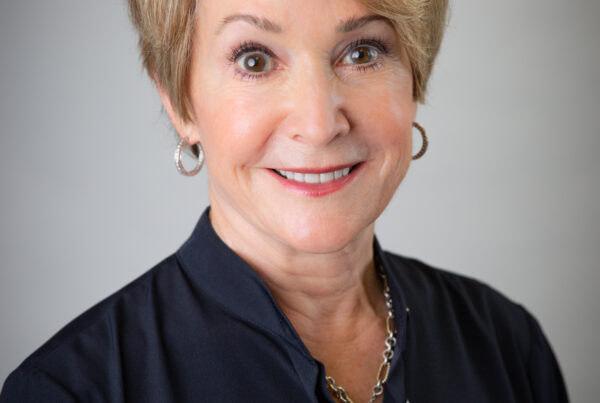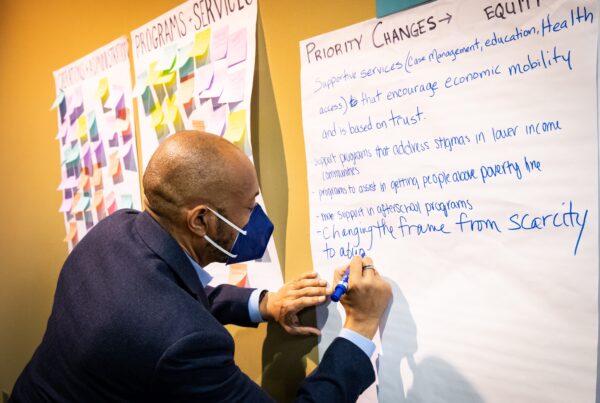Central to a healthy Greensboro is engaging, partnering, and centering the expertise and insights of communities most directly and disproportionately affected by health disparities. The Greensboro Community Report is part of our effort to improve health equity in ways that are community-aligned and informed.
At Cone Health Foundation, we believe in the wisdom and power of community members to identify and solve their own problems. Guided by this belief, we sought community input through a series of stakeholder conversations starting in 2022 to shape our strategic direction. In these conversations, we heard about community needs and opportunities, and these learnings helped guide our strategic pivot. One recurring request emerged during several of these conversations: to better understand the landscape around social drivers of health and find collaborative opportunities across five key sectors. This report responds to those conversations and aligns with our broadened funding of systemic policy and advocacy work alongside direct services and programs.
The Greensboro Community Report highlights the needs and opportunities identified by community-based organizations (CBOs) as they work towards health equity. By focusing on CBOs, this report honors and elevates the inherent knowledge and expertise of the community. They understand the resources needed to address challenges and possess the capabilities to do so. A few highlights:
Nearly all organizations (96%) said they primarily serve Black communities.
25% of CBOs noted an annual operating budget of less than $50,000.
32% of organizations surveyed reported that the majority of their senior leaders and board are Black. Of those organizations, 60% of them have an annual operating budget of less than $200,000. Conversely, 50% of white-led organizations have an annual operating budget of over $1,000,000.
Staffing gaps appeared across all staff levels at organizations: 81% of organizations who faced staffing gaps experienced them among program staff, 78% experienced them among administrative staff, 75% among frontline staff, and 70% among managerial staff.
We extend our gratitude to the 96 nonprofit organizations that completed the survey shaping this report. Thank you also to the 66 organizations that joined our “Partnering for Health Equity” event, where we delved deeper into collaboration, the role of funders, and health equity goals.
By understanding CBOs and their capacities, needs, and visions, the broader community and funders can better engage in collective action towards health equity. This report informs our funding and activities and serves as a community-wide resource to drive collective action in Greensboro. The next steps we take together—honoring community wisdom and embodying collaboration—can set us on a path towards health equity, ensuring everyone has a fair and just opportunity to be as healthy as possible. In the coming months, we will use the data and insights gained from the Greensboro Community Report to inform our funding strategy, to ensure that resources are directed to areas and communities most disproportionately impacted by health disparities.





